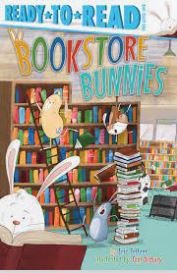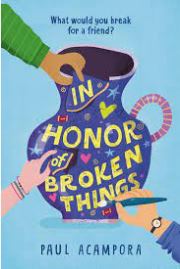While exploring the world looking for Brilliant Birds, the common characteristics of the bird classification are reinforced with multiple examples. The text also highlights the many different ways birds nest.
Blastoff Missions Amazing Animal Classes is a series sure to inspire a child’s natural curiosity. Each title starts with Mission Goals to promote fluency (identify sight words), enhance comprehension (identify traits), and promote critical thinking (think of a question).
The informational text engages the reader as a participant in the narrative. The conversational style of the text provides age appropriate academic and subject specific vocabulary. Bolded vocabulary terms are defined in the glossary. Colorful illustrations include identifying and descriptive captions. Extra tidbits of information are provided by Jimmy, a space traveling, cartoon-like avatar who accompanies the reader on all the narrative missions.
Endpapers include a glossary, index, and To Learn More section. The To Learn More resources have three print sources in the At the Library section. The On the Web resources direct the reader to Factsurfer which provides easy access to three curated age appropriate digital resources. Endpapers also include three extension questions in the Beyond the Mission section to help readers connect their learning from the book to their own experiences.





![The Noh Family by [Grace K. Shim]](https://m.media-amazon.com/images/I/51J7fm6na0L.jpg)










